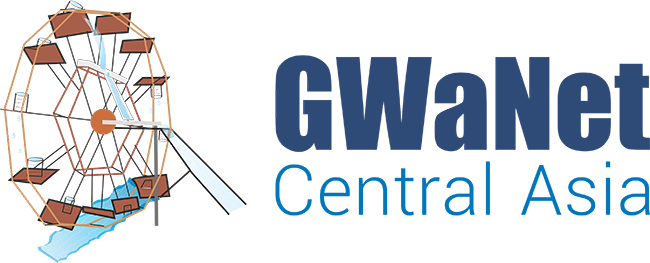What is the gender
Ten “Golden Rules” for a Gender Approach in Drinking Water and Sanitation Programmes
1. Information
Make sure that information reaches all women and men. Different groups use different channels and they also differ in literacy and areas of interest;
2. Mini-gender analysis
Discuss with women and men how work and decisions in water supply and sanitation are divided. Asked about who decides, both men and women usually say the men. Discussing the process often reveals that both sexes play a role. Both groups also often come to their (own) conclusion that women do much of the work, but are not much involved in decisions. This provides a good basis for discussing implications and change;
3. Facilitation of meetings
Ensure women and men can equally well take part in meetings by taking specific measures: times and locations are suitable for both sexes, men understand and support the value of women's participation, women are informed and encouraged to attend, seating and language are arranged so that all can hear and understand, speaking out by women is facilitated (women sit together, breaks for internal discussion, choose spokeswomen, etc.), women's views are included in the minutes and reflected in decisions, if needed a separate meeting is held with (poor) women, e.g. at their places of work;
4. Planning decisions
Ensure -and collect evidence- that (poor) women and men have had a say in, and all groups achieved mutually agreed decisions on, at least the following decisions: types, design and location of facilities and decisions on local maintenance, management and financing systems;
5. Organizations
Determine [by law] that a minimal proportion of members of planning and management organizations is female. Enable women and men of the different groups to choose their own representatives on the basis of suitability and trust for the various tasks. Encourage that women are chosen in financial positions as they tend to be more trustworthy. Help establish locally agreed rules and procedures for representatives to regularly account for their work to those who have chosen them;
6. Hygiene education
Involve women and girls as planners, change agents and managers, not as passive audiences. Have separate hygiene programmes for men which address their own responsibilities and practices as well as gender relations that affect health/hygiene. Gender-blind hygiene promotion often gives women and girls more work, do not address the male control of resources and overlook that young women can often not change behaviour of male relatives and go against hygiene views of older female relatives;
7. Training and employment
Make sure that both sexes are trained for technical, managerial and hygiene tasks. Adapt training to the requirements of women (place, methods, duration). Achieve an equitable division in paid and unpaid jobs and jobs with a higher and lower prestige;
8. Means for improvements
Ensure that credit, materials and skills for making own water/sanitation/hygiene improvements are available to women and men. Link water and sanitation projects with livelihood approaches;
9. Gender-sensitiveness and skills
Achieve, on the basis of a participatory analysis of their own experiences and interests, that agency staff and management, and staff of training institutions, are aware why gender is important and practice gender approaches;
10. Staffing
Employ female staff and equip them, as well as male staff, for dealing with gender issues. Work in cases of shortage of female staff with gender-sensitive male staff who in their turn work with local female intermediaries (local women of whom the communities accept that they work directly with male outsiders).
